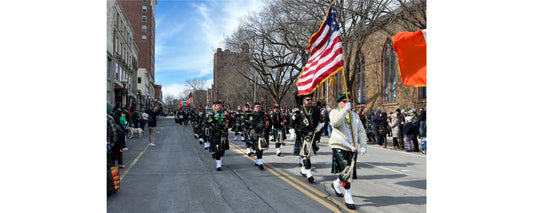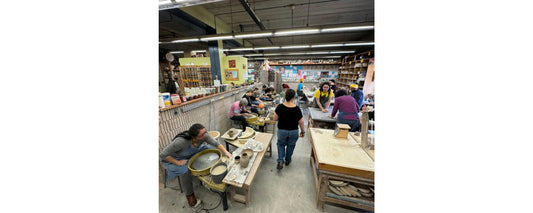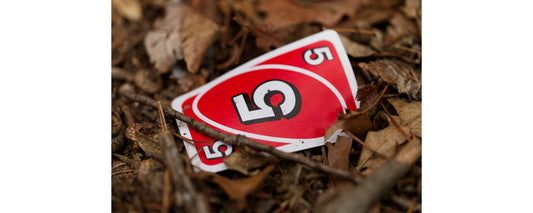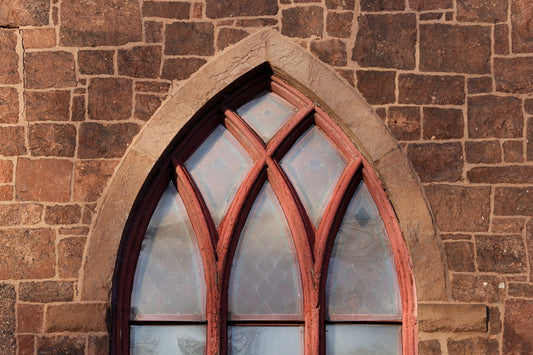In order to understand what happened in the Crown Heights neighborhood of New York City in August of 1991, you need some context. The first act of Anna Deavere Smith’s Fires in the Mirror, Long Wharf Theatre’s second in-person production this season, provides it, piecing together the often contradictory facets of a story that begins, long before three days of race rioting that summer, with simmering resentments, conflicting beliefs, mistrust and misunderstandings among the African-American, Afro-Caribbean and Lubavitch Hasidic Jewish communities living there.
sponsor message
Originally produced just nine months after the riots, in May 1992, with Smith as performer, Fires introduces us to an assortment of figures ranging from ordinary people living in the neighborhood to famous activists and scholars familiar with the issues that gave rise to the violence, which began when a car driven by a Hasidic man jumped a curb and killed a seven-year-old Black child named Gavin Cato. Later that night, a rabbinical student named Yankel Rosenbaum was stabbed to death by a group of young Black men, ostensibly in retaliation.
These “characters” are real people who were interviewed by Smith shortly after the incident. All are played by Cloteal L. Horne, who, through shifting dialects and small costume changes, embodies each in turn, rarely portraying a character twice. It’s a staggering challenge, not just because of the 26 roles involved but also because Horne has sole command of the stage for nearly two and a half hours. Despite some slippage in the accents, she manages this convincingly. The script is based on verbatim transcriptions from Smith’s interviews, complete with stumbles and circular speech patterns and interruptions, which give the monologues an often discomfiting authenticity.
The parade of characters can be a challenge for the audience, but Smith’s choice to give a single actor every role is crucial to the play’s success. The audience can’t dismiss a character whose views they may distrust or dislike by dismissing the actor who plays them. Every character must be seen. The mirror may be fragmented, a challenge to look into, but there’s nowhere else to turn your gaze. And as soon as you think you understand something, another character will arrive to sway you in another direction. By juxtaposing the monologues of the neighborhood’s Black and Jewish residents—particularly in Act II, as they tell the story of the riots themselves—the humanity of people on both sides is revealed. Horne performs the entire play barefoot, a subtle nod to the naked state we all share beneath our differences in dress, and takes a universal deep breath between each speech.
The play’s title suggests visual imagery, but the sense we’re asked to engage with most is our hearing. Even before the action begins, a gorgeous set—spanning projection, lighting, sound and spatial design—brings the audience into a state of listening. Upon entering, you hear the roar of a waterfall projected on a backdrop of lush green cliffs above a pink stone terrace. Dappled light downstage on a circular park filled with sand mimics the reflections of moving water. This meditative space has a calming effect that’s especially helpful if you’re aware of the difficult subject to come.
Less successful as an inner-focused listening device is director Nicole Brewer’s choice to end the production with a participatory standing meditation of breath and mantra, which flattens the impact of the final monologue, given by the father of Gavin Cato, the child whose death ignited the violence. Kneeling in the sand and cradling a child-sized sweater on his chest, the bereaved father is in many ways closest to the heart of what began on Utica Avenue that day. We sorrow over the death of his child―then pull back at his overt anti-Semitism. Like so many of the voices on both sides in Fires in the Mirror, his evokes both sympathy and aversion. I left the theater wishing Brewer had trusted the art and its audience to connect without a final intervention.
On the other hand, a space for meditation and reflection created in a corner of the lobby provides an opportunity for taking in and responding to the play. It features photographs of the two victims, flickering electric candles and symbols from a diversity of religious traditions, along with an invitation to write on provided cards “a prayer or hope for a better tomorrow.” Theatergoers who want to learn more about the Crown Heights riot can access a timeline and supplemental sources in the extended program, available via a QR code on the single-sheet paper program handed out at the door.
Crown Heights had been perceived as a neighborhood with an “atmosphere of tolerance for its divergent cultures,” the program notes. The riots made the national news and “pointed to the growing friction in racial and cultural relations across America.” The thoughtful, steady revelation of the complexity of this historic event in Fires in the Mirror reaches far deeper than any media coverage or personal analysis could. It’s a short step from here to the obvious questions: What events and situations of our current time have we failed to examine in all their complexity? What have we failed to hear?
Fires in the Mirror
Long Wharf Theatre – 222 Sargent Dr, New Haven (map)
through February 6, 2022
(203) 787-4282
www.longwharf.org/shows-events/fires-in-the-mirror
Written by Kathy Leonard Czepiel. Image, featuring Cloteal L. Horne, photographed by T. Charles Erickson and provided courtesy of Long Wharf Theatre.








